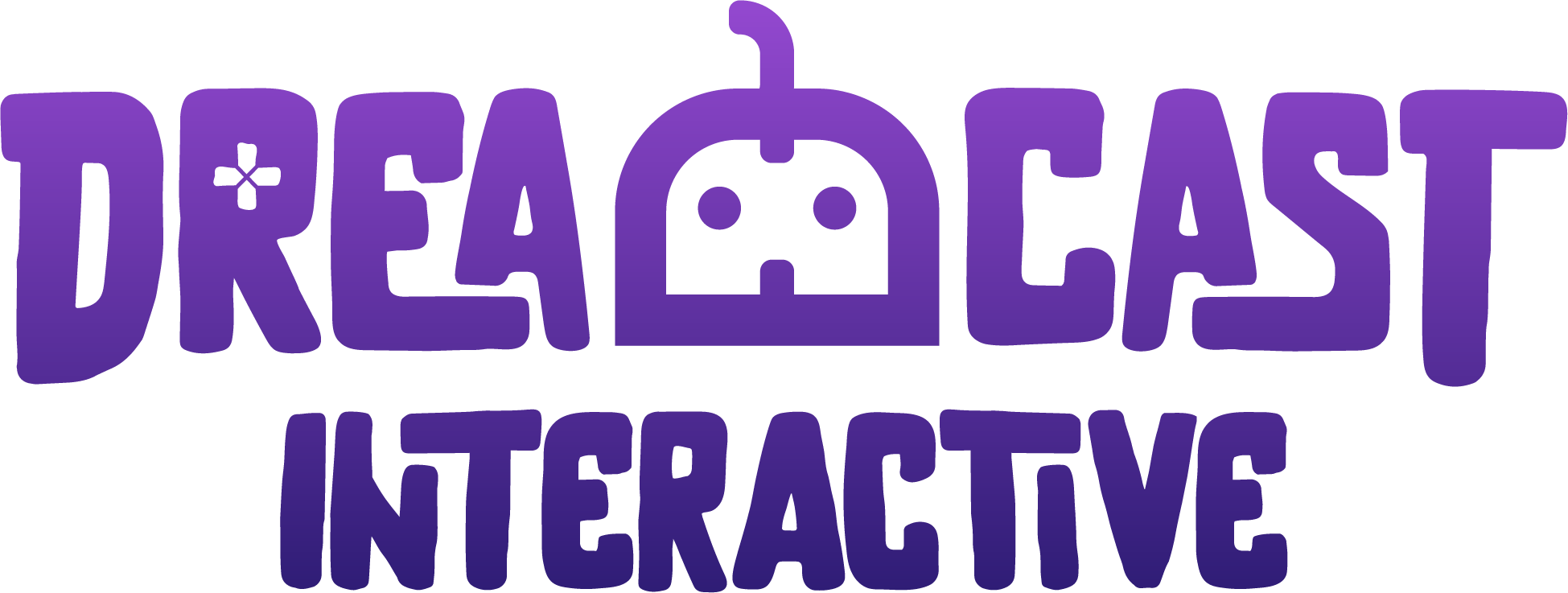We help automotive brands improve engagement, training, and design with AR/VR solutions. From realistic simulations and digital twins to virtual test driving and interactive configurators, our tools empower clients to streamline processes and create memorable customer experiences. We also offer AI-enhanced predictive maintenance and collaborative design platforms for seamless innovation.
Automotive Solutions Market
Applications and Outcomes
- Simulations and Visualizations: Realistic AR/VR training tools for driver education and automotive industry professionals, enhancing both training and learning experiences.
- Virtual Configurators: 3D virtual environments allowing customers to customize cars and view prototypes, integrated with e-commerce for direct purchasing.
- Digital Twins: Digital replicas of manufacturing processes, used for predictive maintenance and improved process control.
- Interactive Marketing Campaigns: Immersive AR experiences that engage customers through interactive and personalized ad campaigns.
- Driver Training Systems: Advanced driver training simulations to improve education and safety using AR/VR.
- Virtual Test Driving: Provide customers with the ability to virtually experience driving vehicles through realistic simulations.
- Gamified Experiences: Use of leaderboards and racing simulations to engage users, adding competitive and educational elements.
- Design Collaboration Platforms: Remote teams can collaborate simultaneously on car design and development in a shared VR environment.
- Marketing and Advertising: 3D ad campaigns that leverage virtual environments to create more meaningful and engaging brand interactions.
- Virtual Testing: Simulate car testing and prototyping to allow for thorough virtual test drives without physical cars.
- Maintenance and Diagnostic Tools: Use virtual environments to train professionals on maintenance and diagnostics, removing the need for physical hardware.
- Gamification: Implement game-like platforms for racing, training, and education, as well as for content creation, including interactive streaming and gamified media.
- Interactive Storytelling: Use AR/VR to create immersive stories and narratives for customers, integrating high-fidelity simulators for live events, concerts, stage designs, walk-throughs, and exhibits.
- AI-Enhanced Predictive Maintenance: Integrating AI with AR/VR simulations to predict maintenance needs and offer real-time diagnostics could offer a competitive edge.
